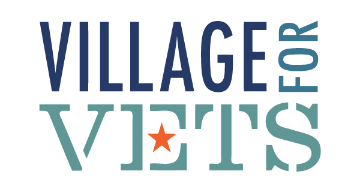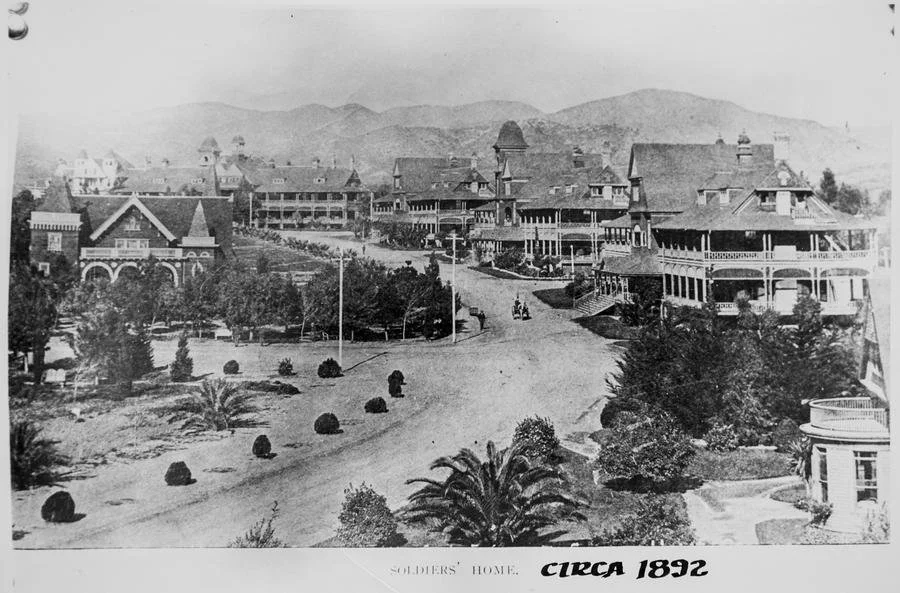From Open Fields to a Soldier’s Home: The Early History of West LA VA Campus
In the late 1800s, Los Angeles was still a small frontier town, surrounded by dusty ranchlands and open fields. Into this setting came a remarkable gift. In 1887, landowners Arcadia Bandini de Stearns Baker and Senator John P. Jones donated hundreds of acres with one condition: it must always serve as a home for disabled Veterans. Their vision gave rise to the Pacific Branch of the National Home for Disabled Volunteer Soldiers, one of the earliest large-scale efforts to care for Veterans west of the Mississippi.
What began as raw land of treeless slopes and brushy gullies quickly became a self-sufficient community. By the 1890s, Veterans of the Civil War were living, healing, and working on the grounds. The Soldiers’ Home included farms, gardens, and workshops where Veterans raised livestock, grew food, and learned trades. There were dormitories and a hospital, all built to restore both body and spirit. At its heart, the campus was designed not only to provide care but also to give Veterans dignity and purpose.
As the century closed, a new landmark rose above Wilshire Boulevard. Wadsworth Chapel, completed in 1900, became the spiritual center of the campus and remains the oldest standing building on the boulevard. With one sanctuary for Protestant worship and another for Catholic services, the chapel reflected the diversity and shared community of the Veterans who called the Soldiers’ Home their own.
This is where the story of the West LA VA campus began: with a promise of sanctuary and support for those who had served. More than 135 years later, that promise still guides the mission to make the campus a true home for Veterans once again.


